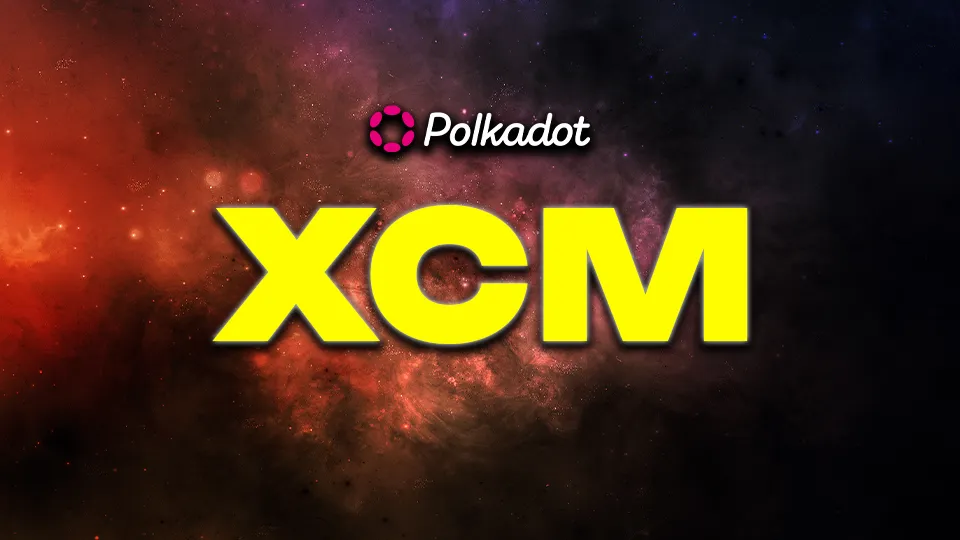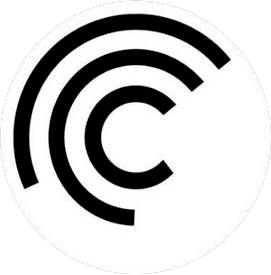
What is Xode Network?
The Xode Network, created by Hgminerva, is a sophisticated blockchain ecosystem that integrates seamlessly with the Polkadot network. This project is designed to facilitate interoperability, security, and scalability within the blockchain landscape. Xode Network comprises several essential components that play distinct roles in ensuring the efficient operation of the network. In this article, we will delve into the core components of Xode Network, its technical infrastructure, and the utility of its native token, XON.
Key Components of Xode Network
1. Parachain: At the heart of Xode Network lies the parachain, an independent blockchain that connects to the Polkadot/Kusama Relay Chain through a designated parachain slot. Each parachain operates with its unique set of rules, consensus mechanisms, and governance structures, tailored to specific use cases.
2. Parachain Slot: A parachain slot is a crucial and limited resource within the Polkadot/Kusama Relay Chain. Securing a parachain slot allows the parachain to integrate into the Polkadot network, participating in its broader ecosystem. Slots are obtained via decentralized auctions where projects bid using DOT/KSM tokens.
3. Polkadot/Kusama Relay Chain: The Relay Chain is the core of the Polkadot network, ensuring communication and interoperability between parachains. It manages network security, consensus, and the transfer of messages and assets between different parachains.
4. Collators: Collators are pivotal in producing block candidates for parachains. They gather transactions, execute state transitions, and package these into blocks. These blocks are then submitted to validators for finalization, maintaining the parachain’s operation and integrity.
5. Validators: Validators ensure the security and consensus of the network by finalizing blocks on the Relay Chain. They validate the blocks produced by collators, verifying the correctness of transactions and state transitions, and adhering to the network’s rules.
6. Message Passing Protocol: This protocol allows parachains to communicate with each other and with the Relay Chain, enabling the transfer of messages, assets, and data. This interoperability is key to the collaborative nature of the Polkadot network.
7. Bridges: Bridges facilitate communication between parachains and external blockchains, allowing for asset and data transfers across different blockchain ecosystems, thereby extending the utility of parachains beyond the Polkadot network.
Xode Blockchain Collator and Validator Interaction
In the Xode Blockchain, collators and validators interact intricately to maintain network security and efficiency. Collators produce block candidates by collecting transactions and executing state transitions, then broadcast these blocks to validators. Validators then validate these blocks, ensuring transaction correctness and adherence to network protocols.
XON Utility Token
The native utility token of Xode Blockchain is XON, which serves multiple critical functions:
1. Governance: XON holders participate in network governance, voting on proposals related to network management and future developments.
2. Staking: Collators must stake XON to secure the network. Nominators can also stake XON, backing trusted collators in exchange for a share of the rewards.
3. Bonding: XON is used for bonding, providing liquidity in pools for transactions, such as in an XON/USDT pool.
4. Fees: Transaction and computational fees within the network are paid using XON, incentivizing efficient resource use.
Tokenomics of XON
XON plays a vital role in the Xode ecosystem:
- Total Circulation: 1.2 Billion
- Value: $10.00 per XON
- Market Cap: $1,200,000,000.00
- Yearly Inflation: 0%
- Decimal Places: 12
- Existential Deposit: 0.01 XON
Xode Network Future Milestones and Developments
1. Xode Genesis: From its inception in the Polkadot Hackathon, Xode Blockchain has evolved significantly, launching its mainnet and developing the XGame as an initial use case.
2. EVM Support: Xode is integrating full EVM support to enable Ethereum Solidity Smart Contracts, opening up opportunities for DeFi services through Humidefi.
3. OpenGov: Future-proofing the network involves implementing Polkadot’s OpenGov for decentralized on-chain governance, ensuring adaptable and secure network evolution.
Conclusion
The Xode Network represents a forward-thinking approach to blockchain technology, leveraging the Polkadot ecosystem to offer a dynamic and interoperable platform. With its robust infrastructure and strategic use of the XON token, Xode is poised to make significant strides in the blockchain space, particularly in game development and decentralized applications.
- Related Token/s: XON






















